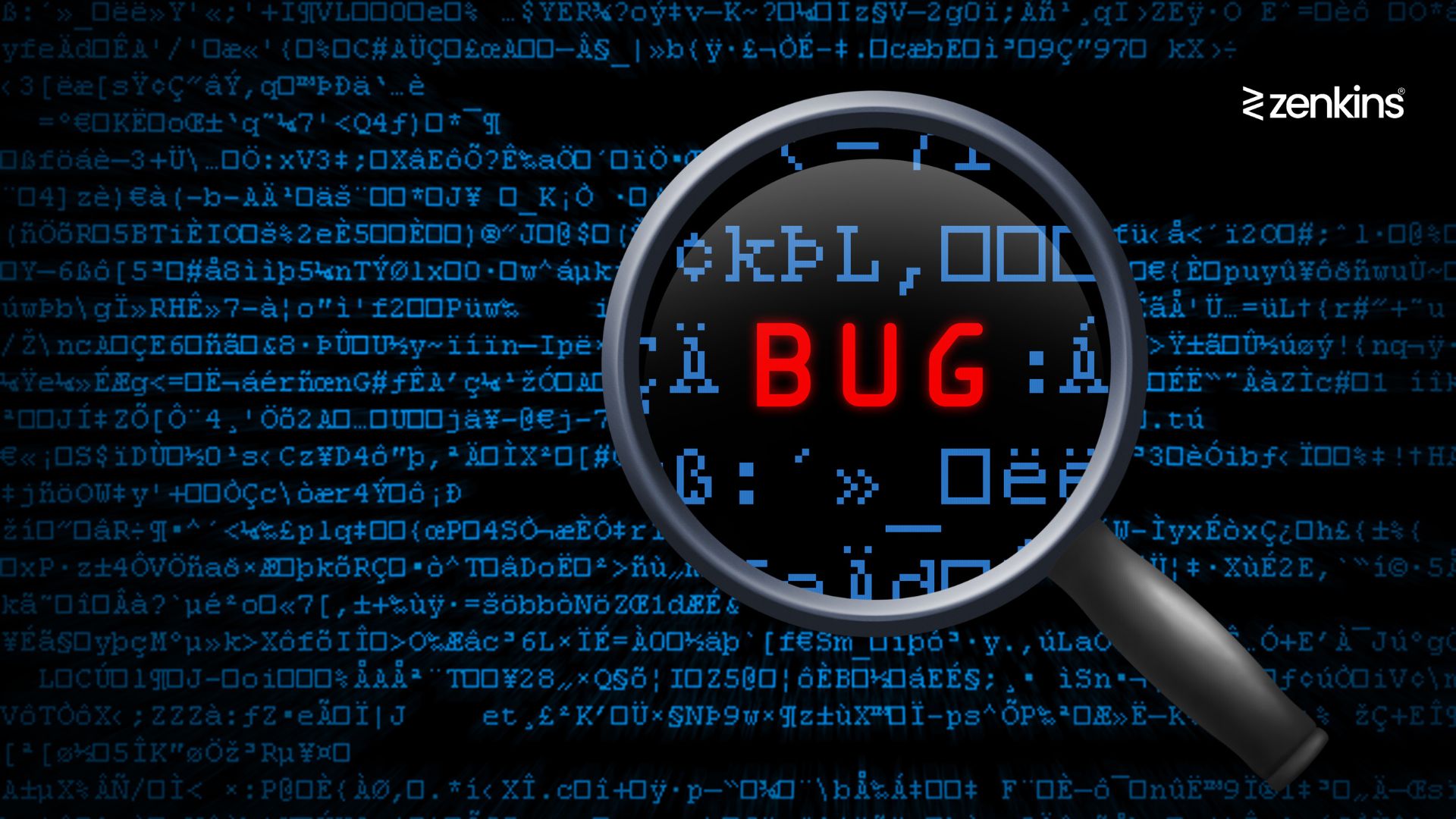Software Debugging Techniques: Effective Strategies for Software Engineers
Table of Contents
Debugging is an integral part of the software development process that involves identifying and resolving issues or bugs within a program. It plays a crucial role in ensuring the reliability and functionality of software applications. However, debugging can be a challenging task, requiring software engineers to possess a combination of technical skills, problem-solving abilities, and patience. This article explores the world of debugging, shedding light on the importance of effective software debugging techniques and the common challenges faced by software engineers. By understanding the debugging process, exploring best practices, and learning from experienced practitioners, software engineers can enhance their debugging skills and become more proficient in resolving issues in their code.
Introduction to Debugging: Importance and Challenges
Why Debugging is crucial in Software Engineering
Debugging is the bread and butter of a software engineer’s life. It’s the superhero power that helps us find and fix bugs in our code, ensuring that our software works as intended. Without effective debugging, our programs would be like a sinking ship with no lifeboats.
The Challenges Faced by Software Engineers in Debugging
Debugging is not always a walk in the park. We face a myriad of challenges that can make us scratch our heads and question our life choices. From elusive bugs that vanish as soon as you try to catch them, to timing issues that seem to have a mind of their own, debugging can be a true test of our patience and sanity.
Understanding the Debugging Process: Steps and Tools
Overview of the Debugging Process
Debugging is a systematic process, not just a wild goose chase. It involves several steps, starting from identifying and understanding the bug, to isolating and reproducing it, and finally fixing it. Each step plays a crucial role in unraveling the mysteries of the bug.
Essential Tools for Effective Debugging
In our arsenal of debugging tools, there are a few trusty companions that come in handy. From integrated development environments (IDEs) with powerful debugging features, to logging frameworks and code profilers, these tools are like sidekicks that assist us in our quest for bug extermination.
Effective Software Debugging Techniques: Tips and Best Practices
Analyzing and Understanding the Bug
To slay the bug, we must first understand it. Analyzing the bug, studying relevant code, and gathering as much information as possible are essential steps in the debugging process. Don’t be afraid to dive deep into the code abyss!
Isolating and Reproducing the Bug
In order to catch the sneaky critter, we need to isolate and reproduce the bug. This involves creating a minimal, standalone test case that triggers the bug consistently. It’s like setting a trap to lure the bug out into the open.
Using Breakpoints and Step-by-Step Execution
Breakpoints are the checkpoints of debugging. By pausing the execution of our code at specific points, we can inspect the state of variables, analyze the flow of the program, and trace the bug’s steps. It’s like putting the bug under a magnifying glass.
Print Statements and Logging for Debugging
Sometimes, the good old print statement or logging can be our best friends in debugging. By strategically placing these messages in our code, we can track the behavior of our program and uncover the bug’s hiding spots. Think of it as bug surveillance.
Common Debugging Pitfalls: Challenges and Solutions
Dealing with Non-reproducible Bugs
Non-reproducible bugs are like elusive ghosts that appear and vanish without a trace. They haunt us with sporadic crashes and strange behaviors, leaving us perplexed. To tackle these pesky bugs, we need to gather as much information as possible, use logging, and try to reproduce them in controlled environments.
Handling Heisenbugs and Timing Issues
Heisenbugs, named after the Heisenberg uncertainty principle, are bugs that behave differently when we observe them. They play hide and seek, making debugging a maddening experience. To catch them, we can use techniques like debugging with breakpoints and carefully examining the timing aspects of the code.
Addressing Debugging Fatigue and Frustration
Debugging can be mentally exhausting and frustrating, especially when faced with stubborn bugs that refuse to reveal themselves. It’s important to take breaks, seek help from colleagues, and maintain a sense of humor to keep our sanity intact. After all, laughter is the best debugger.
Collaborative software debugging techniques for Teamwork and Communication
Effective Communication in a Debugging Scenario
Debugging can be a team effort, especially when dealing with complex software systems. Effective communication is crucial in such scenarios to ensure everyone is on the same page and working towards a solution. Here are some strategies for effective communication during debugging:
- Clearly articulate the problem: When reporting a bug or issue, be specific and provide as much information as possible. Describe the steps to reproduce the problem, the expected behavior, and any error messages or logs that might be relevant. This will help your team members understand the issue quickly and accurately.
- Share useful context: When discussing a bug, provide any relevant code snippets, data, or configurations that might aid in understanding the problem. This can include the versions of software being used, relevant dependencies, or specific settings that might be causing the issue.
- Active listening and empathy: When someone is explaining a bug or suggesting a solution, actively listen and try to understand their perspective. Be empathetic and respectful, even if you disagree. Remember, the goal is to solve the problem together, not prove someone wrong.
- Collaborative problem-solving: Encourage brainstorming sessions where team members can collectively propose potential solutions. Foster an environment where everyone feels comfortable sharing their ideas, no matter how unconventional they may seem. Sometimes, the most unexpected solutions can lead to breakthroughs.
Pair Programming and Debugging Sessions
Pair programming can be one of the most powerful software debugging techniques for collaborative debugging. Two heads are often better than one, especially when it comes to finding elusive bugs. Here are some tips for effective pair programming and debugging sessions:
- Rotate roles: Switch between the driver and the navigator roles regularly. The driver writes the code, while the navigator observes and provides guidance. Rotating roles ensures that both team members actively participate and contribute their unique perspectives.
- Verbalize your thought process: While debugging, explain your thinking out loud. This helps your pair understand your reasoning and might trigger new ideas or insights. Sometimes, just talking through the problem can lead to a breakthrough.
- Take breaks and seek fresh perspectives: If you’re stuck on a bug, take a step back, and let your pair take the wheel. Sometimes, a fresh set of eyes can spot something you’ve overlooked. Use breaks to clear your mind, grab a snack, or discuss unrelated topics. Often, the best ideas come when you least expect them.
Utilizing Version Control Systems for Collaborative Debugging
Version control systems (VCS) are not only essential for code management but can also play a significant role in collaborative debugging. Here’s how you can harness the power of VCS for effective collaboration during debugging:
- Use branching for experimentation: When debugging, create a dedicated branch to experiment with potential fixes. This allows you to isolate your changes and easily collaborate with others who might be working on different strategies. Branches also serve as a safety net, allowing you to revert back to a known good state if needed.
- Leverage pull requests for code reviews: Whenever you make changes related to a bug fix, submit a pull request for review. This enables your team members to provide feedback, catch potential issues, and ensure that the proposed solution aligns with the project’s coding standards and practices.
- Comment and discuss within the VCS: Many modern VCS platforms, such as GitLab and GitHub, provide features for inline commenting and discussion. Utilize these features to have focused conversations about specific lines of code or changes. This helps maintain a clear audit trail of discussions and decisions made during the debugging process.
Debugging in Different Environments: Web, Mobile, and Backend
Debugging Web Applications: Frontend and Backend Challenges
Debugging web applications presents unique challenges, both on the frontend and backend. Here’s a breakdown of these challenges and some strategies to tackle them:
- Frontend debugging: On the frontend, issues often revolve around incorrect rendering, unresponsive UI elements, or JavaScript errors. Utilize browser developer tools to inspect elements, monitor network activity, and debug JavaScript code. Console logs and utilizing breakpoints within your browser’s debugging tools can be invaluable in finding and fixing frontend bugs.
- Backend debugging: Backend issues can range from misconfigured server environments to logic errors in server-side code. Utilize logging frameworks to capture relevant information during runtime. Leverage debugging tools provided by your programming language or framework to step through code execution and inspect variables. Remote debugging can also be useful when dealing with distributed systems.
Debugging Mobile Apps: Emulators, Simulators, and Device Testing
Debugging mobile apps introduces additional complexities due to the variety of devices and operating systems in the market. Here are some strategies to simplify the debugging process for mobile apps:
- Emulators and simulators: Utilize emulators (for Android) and simulators (for iOS) to test and debug your app on various device configurations without the need for physical devices. These tools provide a controlled environment for reproducing and fixing bugs.
- Device testing: Despite the convenience of emulators and simulators, testing on real devices is crucial to catch device-specific issues. Take advantage of cloud-based device testing services that provide access to a wide range of physical devices. This allows you to replicate and debug issues on different devices and screen sizes.
- Remote debugging tools: Many mobile development frameworks and tools offer remote debugging capabilities. These tools allow you to connect your device to your development environment and inspect code execution, monitor network traffic, and view console logs directly from your computer.
Debugging Server-side Code and Backend Systems
Debugging server-side code and backend systems can be challenging, especially when dealing with distributed architectures. Here are some strategies to navigate the complexities of debugging backend systems:
- Logging and monitoring: Implement comprehensive logging and monitoring in your backend systems. Log relevant data during runtime, such as input parameters, executed queries, and external API calls. Analyzing these logs can provide valuable insights into the root cause of issues.
- Debugging tools and frameworks: Many programming languages and frameworks offer debugging tools specifically designed for backend development. These tools allow you to set breakpoints, step through code execution, and inspect variables at runtime. Familiarize yourself with the debugging capabilities provided by your chosen technology stack.
- Test environments and staging servers: Create test environments and staging servers that closely resemble your production environment. This allows you to replicate issues in a controlled setting and debug them without impacting the live system. Use realistic test data and simulate different scenarios to uncover and resolve bugs before they reach your users.
Advanced Debugging Techniques: Profiling, Logging, and Testing
Profiling and Performance Debugging
In addition to fixing bugs, understanding and improving application performance is crucial. Profiling helps identify performance bottlenecks and areas for optimization. Here are some techniques for profiling and performance debugging:
- CPU profiling: Use tools like profilers to analyze CPU usage and identify resource-intensive code sections. This helps pinpoint areas that require optimization or potential algorithmic improvements.
- Memory profiling: Memory leaks and excessive memory usageIn conclusion, effective debugging is a skill that every software engineer must master.
By following the steps of the software debugging techniques, utilizing the right tools, and implementing best practices, software engineers can overcome the challenges they encounter and efficiently resolve bugs in their code. Collaborative debugging and constant improvement also contribute to enhancing the overall debugging process. With dedication and practice, software engineers can become adept at debugging, ensuring the smooth functioning and reliability of their software applications.
In conclusion, software debugging techniques play a crucial role in ensuring software applications’ overall quality and functionality. By employing a systematic approach to identify, isolate, and fix bugs and issues, developers can enhance their code’s reliability and performance. Throughout this process, it is essential to utilize various debugging tools such as breakpoints, logging statements, and profilers to pinpoint the root cause of problems. Additionally, adopting effective strategies like unit testing and code reviews can prevent future bugs from occurring. Moreover, collaboration among team members is vital when debugging complex projects as multiple perspectives can lead to faster resolutions.
Overall, understanding different debugging techniques is indispensable for professionals working in the software development industry as it helps ensure software deployments that are stable, robust, and meet user expectations.
FAQ
Why is debugging such an important skill for software engineers?
Debugging is essential because it helps identify and resolve issues or bugs in software applications. By effectively debugging, software engineers can enhance the functionality, reliability, and performance of their code, leading to a better user experience and minimizing potential risks and errors.
What are some common challenges faced by software engineers in the debugging process?
Debugging can present various challenges, such as non-reproducible bugs, timing issues, and debugging fatigue. Non-reproducible bugs are particularly problematic as they are difficult to isolate and fix. Timing issues arise when bugs only occur under specific conditions or during specific time intervals. Debugging fatigue can set in when engineers spend a significant amount of time trying to resolve a bug without success, leading to frustration and decreased productivity.
How can collaborative debugging benefit the debugging process?
Collaborative debugging involves teamwork and effective communication among software engineers. By working together, engineers can share insights and ideas, leading to a more efficient and effective debugging process. Pair programming and utilizing version control systems can facilitate collaborative debugging by allowing engineers to work simultaneously on identifying and resolving bugs.
What are some advanced software debugging techniques that software engineers can employ?
Advanced software debugging techniques include profiling and performance debugging, logging for troubleshooting purposes, and incorporating automated debugging through unit tests and test-driven development. Profiling helps identify performance bottlenecks and optimize code, while logging provides valuable information for analyzing and debugging issues. Automated debugging techniques, such as unit tests and test-driven development, allow for systematic and continuous bug detection and resolution.




